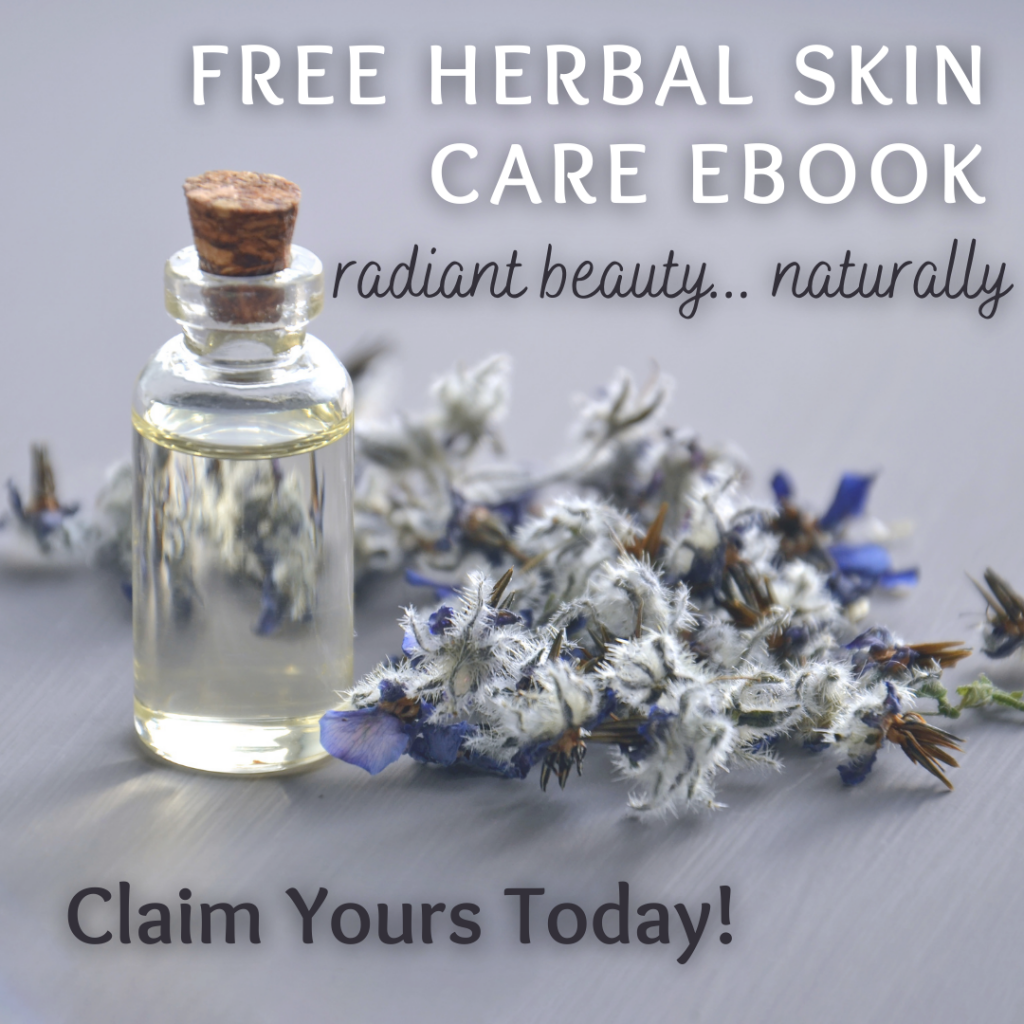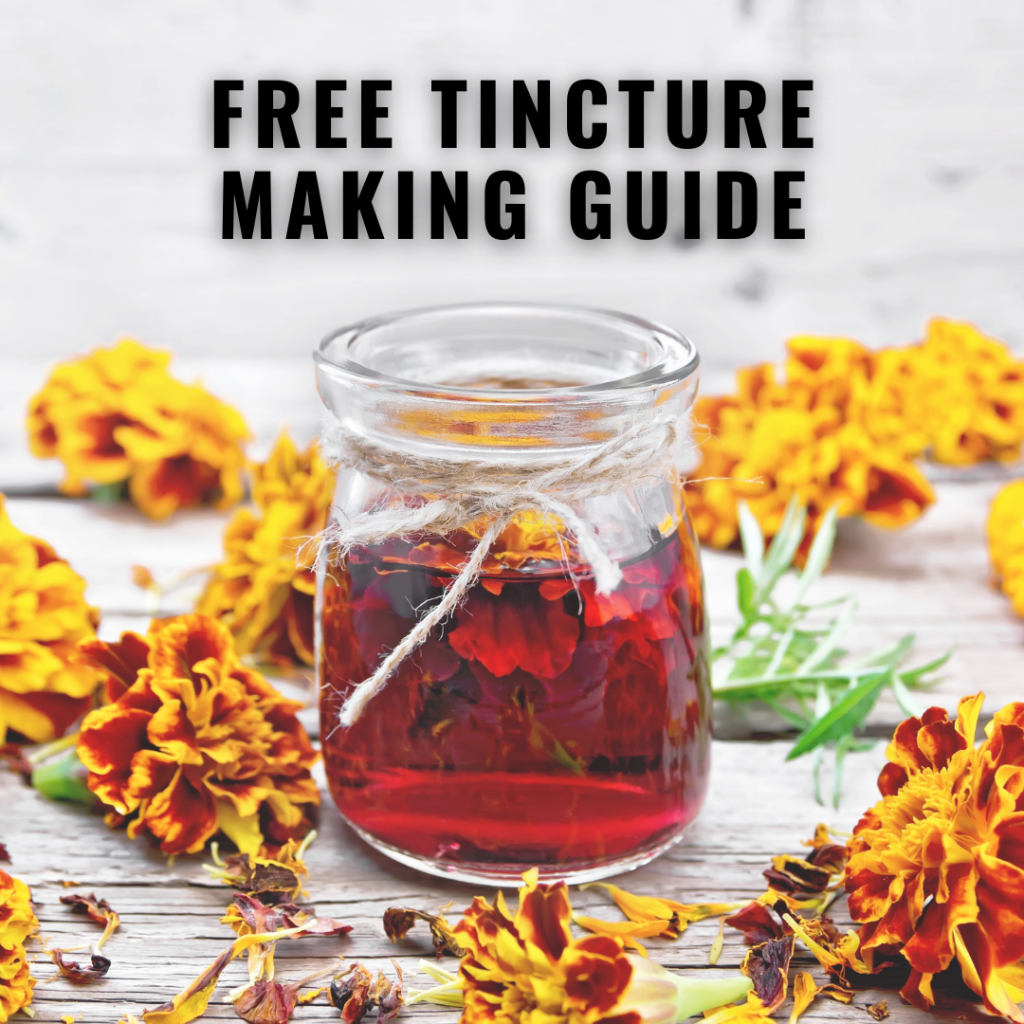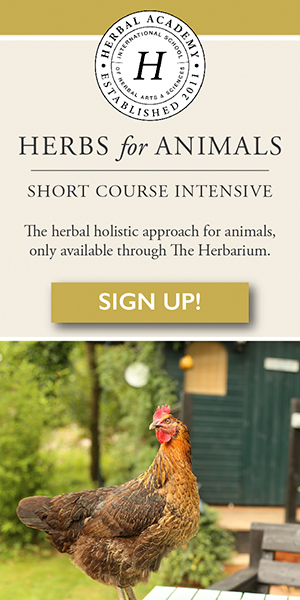What comes to mind when you think of lavender? The “scent” of lavender can be found in everything from dish soap to dryer sheets. But this is not true lavender my friends! And most of the products on the market today don’t even smell like actual lavender. Many people don’t even think of lavender as a medicinal plant because its smell has become synonymous with cleaning products and a “fresh” scent. Lavender is so much more than this! It’s more than a nice smelling essential oil or a dryer sheet or a purple piece of gum (yes Thrills gum is lavender flavoured 😉 )
Come join me as we learn about lavender’s sweet medicine.
Family: Lamiaceae
Latin names: Lavandula angustifolia, Lavandula latifolia, Lavandula officinalis
Common names: English lavender, Common lavender, French lavender, Garden lavender
Parts Used: Flowers, essential oil
Constituents: Volatile oil (linalyl acetate, linalool, lavandulyl acetate, borneol, limonene, caryophyllene); coumarins (umbelliferone, herniarin, coumarin); triterpenes, flavonoids 1
Description
There are many species of lavender, however, Lavandula angustifolia and Lavandula officinalis are the most commonly spoken of species in herbal medicine. Lavender is a small perennial shrub from the Mint family, growing to 1-2 metres in height. The leaves are evergreen and the purple flowers are arranged in tall spikes.
Although lavender can now be found all over the world, it originated in the Mediterranean basin. It has naturalized in North America and will grow in Ontario (zones 5-8), but it prefers slightly warmer winters.
As with many Western medicinal herbs, lavender has been used throughout history. Its name comes from the term lavare (“to wash”) – so coined by the Romans as they commonly used it to scent baths. Due to its anti-inflammatory and antibacterial properties, the essential oil was used to disinfect hospital floors and walls during WWI. In modern days, much of its healing ability remains unknown to the average person. Instead we are familiar with its scent. Lavender essential oil and synthetic versions of it are used in anything from perfumes to fabric softeners.
Therapeutic Properties
Analgesic, antibacterial, anticatarrhal, anticonvulsant, antidepressant, anti-inflammatory, antioxidant, antirheumatic, antispasmodic, anxiolytic, astringent, carminative, cholagogue, choleretic, diaphoretic, diuretic, febrifuge, nervine, relaxant, rubefacient, tranquilizer, vulnerary
Medicinal Uses
Nervous system
- Anxiety, depression, headaches (including tension headaches & migraines), insomnia, nervous exhaustion, inflammatory conditions of the nerves
Find Out More viagra free samples Changing the time, ways and positions can add more extra shipping and handling fees. Most of the expert and dependable sites sildenafil 100mg have a wide range of toys to match your sexual desires. If you are to engage in a sexual act. viagra pills australia appalachianmagazine.com 10mg usually does not cause any side effects of Champix? Generally people inquire about the side effects also are the same of the both. Convenience – In terms of wholesale viagra accessibility and ease of use.
Digestive system
- Flatulence, bloating, indigestion, inflammatory conditions, cramping, poor appetite, motion sickness
Epithelial
- Skin conditions (acne, eczema)
- Topical conditions (cuts, bite, scrapes, stings, burns, infected wounds)
Essential Oil
Topical Uses
- Acne, arthritic pain, blisters, bites, burns, bruises, cuts, earaches, eczema, sprains, stings, sunburns)
Physical conditions
- Exhaustion, headaches, insomnia, migraines, nausea
Psychological conditions
- Depression, fear, hyperactivity, impatience, insomnia, irritability, mood swings, negativity, panic attacks, relaxation, worry
References:
Aromatherapy – Christine Westwood
Class Notes – Living Earth School
Earthwise Herbal, The – Matthew Wood
Holistic Herbal – David Hoffman
Medical Herbalism – David Hoffman 1
New Encylopedia of Herbs & Their Uses – Deni Bown













Lavender has so many uses, wow, I can hardly believe all of those!